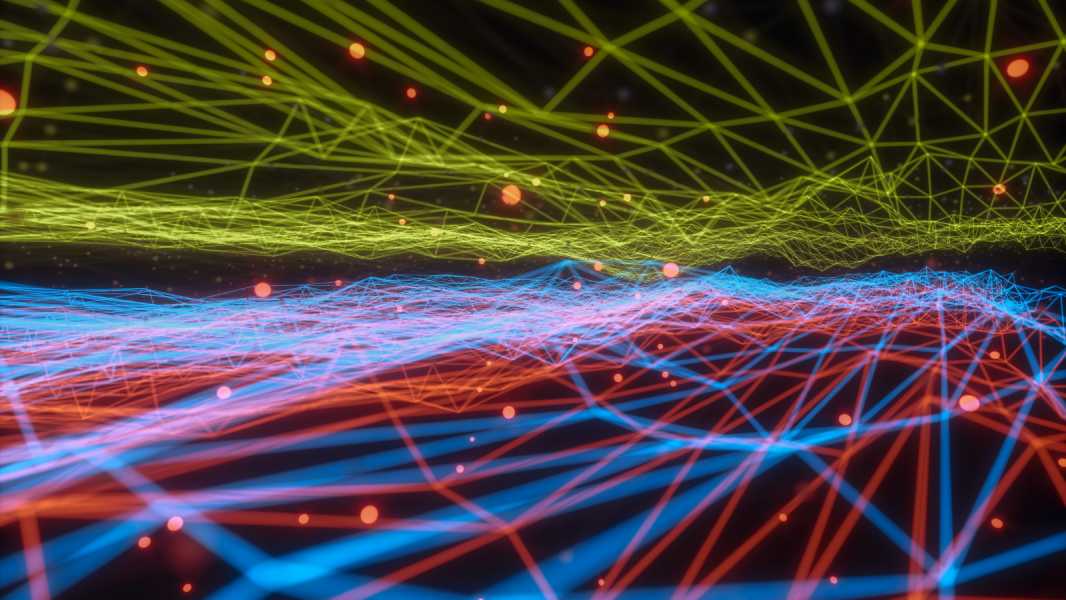
(Image credit: Xuanyu Han via Getty Images)
Scientists have successfully transmitted both quantum and conventional data over a single optical fiber for the first time.
The study demonstrates that quantum data in the form of entangled photons and traditional internet data transmitted using laser pulses can coexist in the same fiber optic cable.
Most research into creating a quantum internet has focused on the need for separate infrastructure or dedicated channels for quantum data to avoid interference from “classical” data. However, this new “hybrid” network could pave the way for more efficient implementation of quantum communications by allowing quantum and conventional data to share the same infrastructure. The researchers presented their findings in a study published July 26 in the journal Science Advances.
Fiber optic cables are made of thin fibers made of glass or plastic that transmit information in the form of infrared light pulses. These fibers transmit data through different color channels, each corresponding to a specific wavelength of light.
Researchers have previously demonstrated that quantum data can be transmitted over standard fiber optic cables, but this new experiment marks the first time that quantum and regular data have been transmitted simultaneously over the same color channel.
Building hybrid networks is challenging because quantum data is typically transmitted over fiber optic cables using entangled photons.
Entanglement occurs when two qubits – the most basic units of quantum information – are linked so that information is shared between them regardless of their relationship in time or space. However, entanglement is an extremely delicate state, easily disrupted by environmental influences such as noise or interference from other signals. This includes any data that uses the same wavelength in a fibre optic link. This is known as ‘decoherence’, and the breakdown of this link results in the loss of the quantum state of the qubits, which in turn causes the loss of data.
“For the quantum internet to become a reality, entangled photons need to be transmitted via fiber optic networks,” said study co-author Michael Kues, head of the Institute of Photonics at Leibniz University Hannover, in a commentary. “We also aim to continue using fiber optics for traditional data transmission.”
To overcome these problems, the scientists used a technique known as electro-optic phase modulation to precisely adjust the frequency of the laser pulses so that they matched the color of the entangled photons. This allowed both types of data to be transmitted in the same color channel without disturbing the quantum information contained in the entangled photons.
The researchers noted that the ability to transmit quantum and conventional data in a single channel frees up other color channels in the fiber optic cable for more data. This will be key to making many quantum computing applications, such as ultra-secure communications and quantum cryptography, more practical and scalable.
“Our research is an important step towards integrating the conventional internet with the quantum internet,” said Coues. “Our experiment demonstrates how successful practical implementation of hybrid networks can be achieved.”

Owen HughesSocial Links Navigation
Owen Hughes is a freelance writer and editor specializing in data and digital technology. He was previously a senior editor at ZDNET and has over a decade of experience covering technology, covering topics such as artificial intelligence, cybersecurity, supercom
Sourse: www.livescience.com





